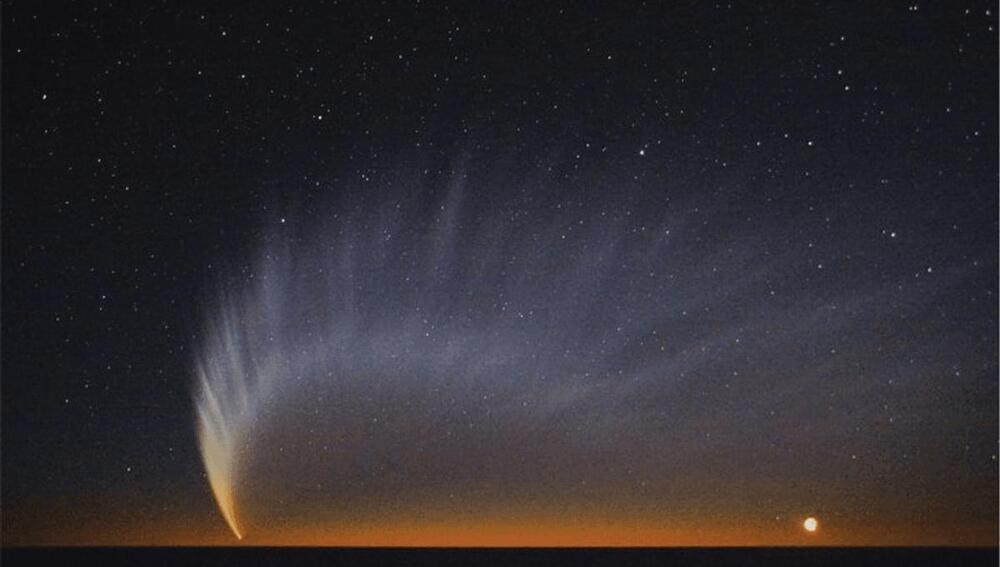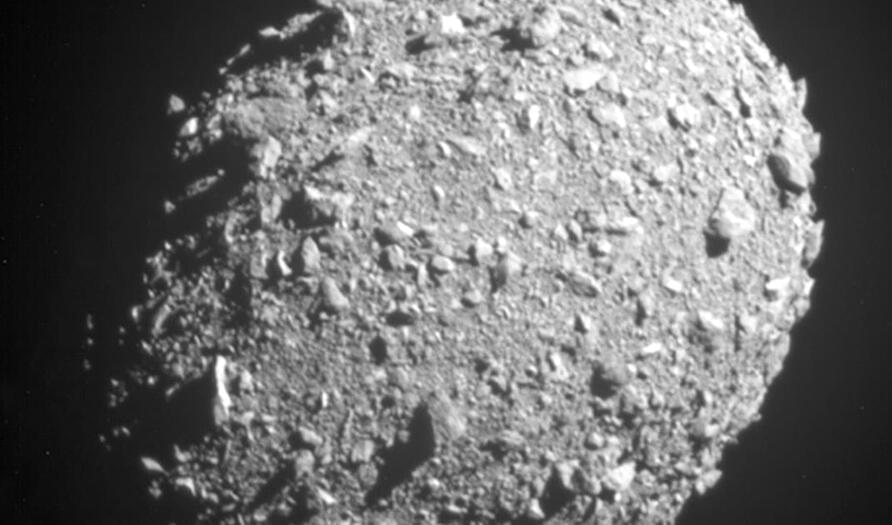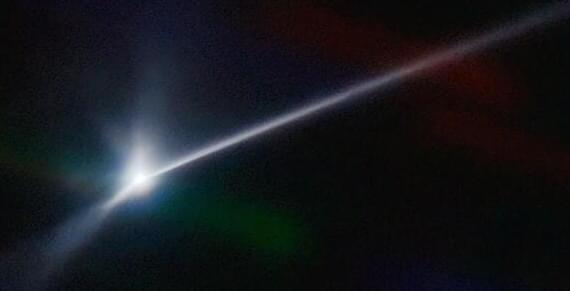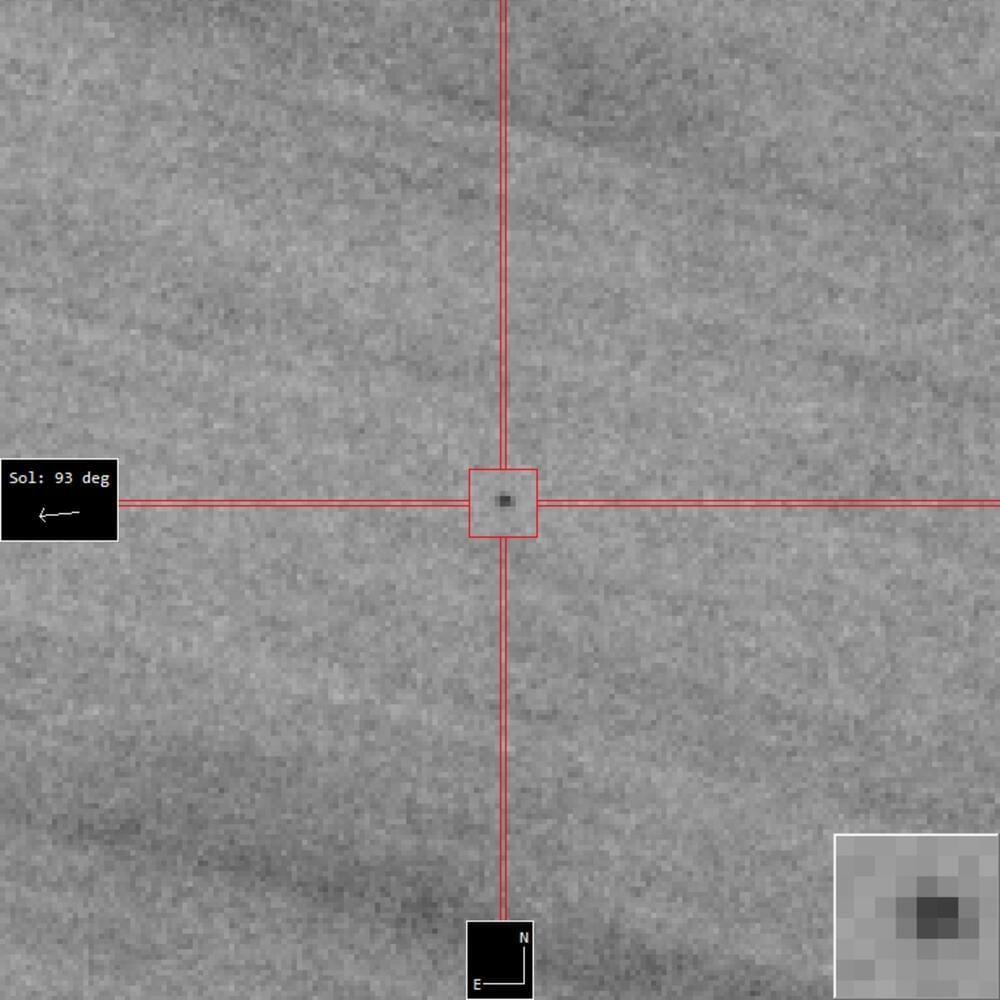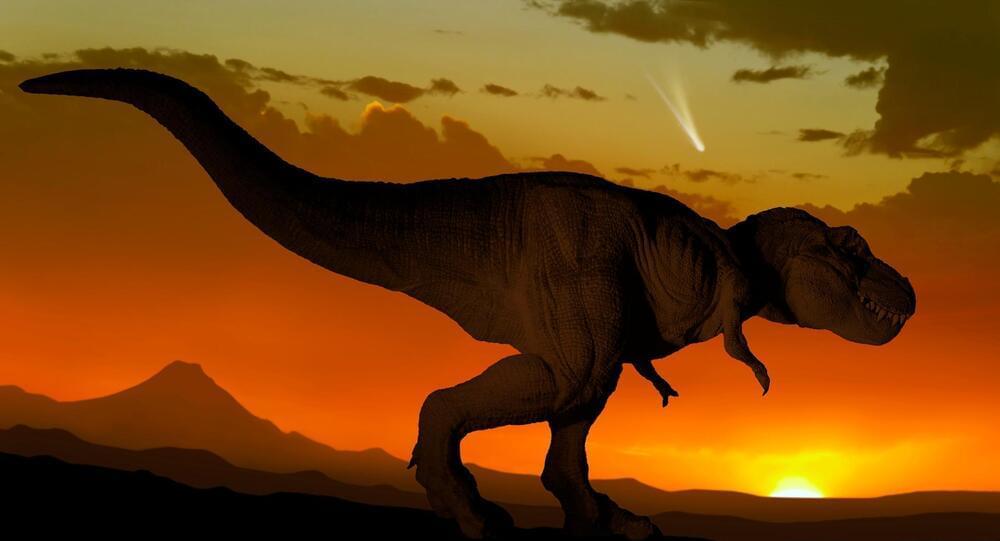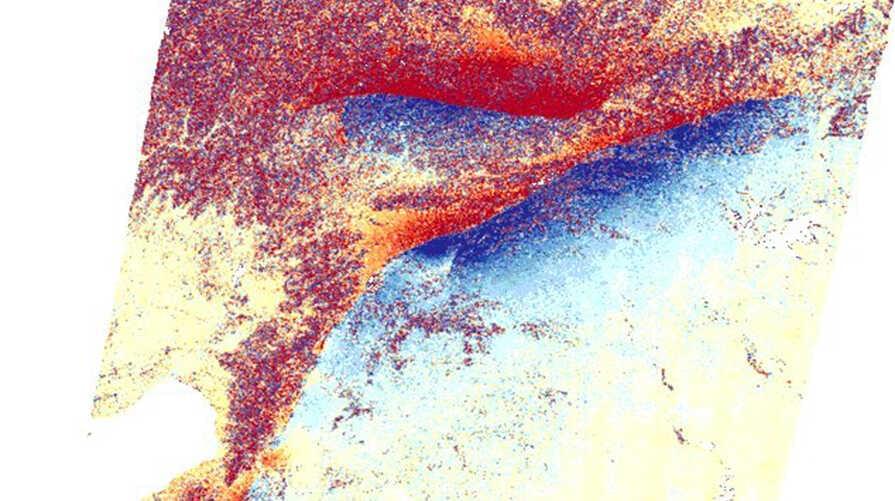Mar 9, 2023
Newly Discovered Comet Could Outshine The Brightest Stars Next Year
Posted by Daniel Sunday in categories: asteroid/comet impacts, existential risks
A comet that will make a (somewhat) close approach to the Earth in September 2024 is already creating excitement among amateur astronomers. Comets are unpredictable beasts, and a great many have proven disappointing – but C/2023 A3 (Tsuchinshan-ATLAS) has many of the characteristics required to put on the best display for at least a decade.
Comets visit the inner solar system quite frequently, but few can be seen with the naked eye. Most are either regular visitors (short period) that have been slowly losing material on previous approaches to the Sun and don’t have enough left to be very bright. Others never get close enough to Earth to put on a show.
Tsuchinshan-ATLAS passes both those tests. Its orbit is so long it there is debate as to whether it visited the inner solar system 80,000 years ago, or if it never has. At closest approach, it will be 58 million kilometers (36 million miles) or just under 0.39 AU (Earth-Sun distance) from the Earth.
